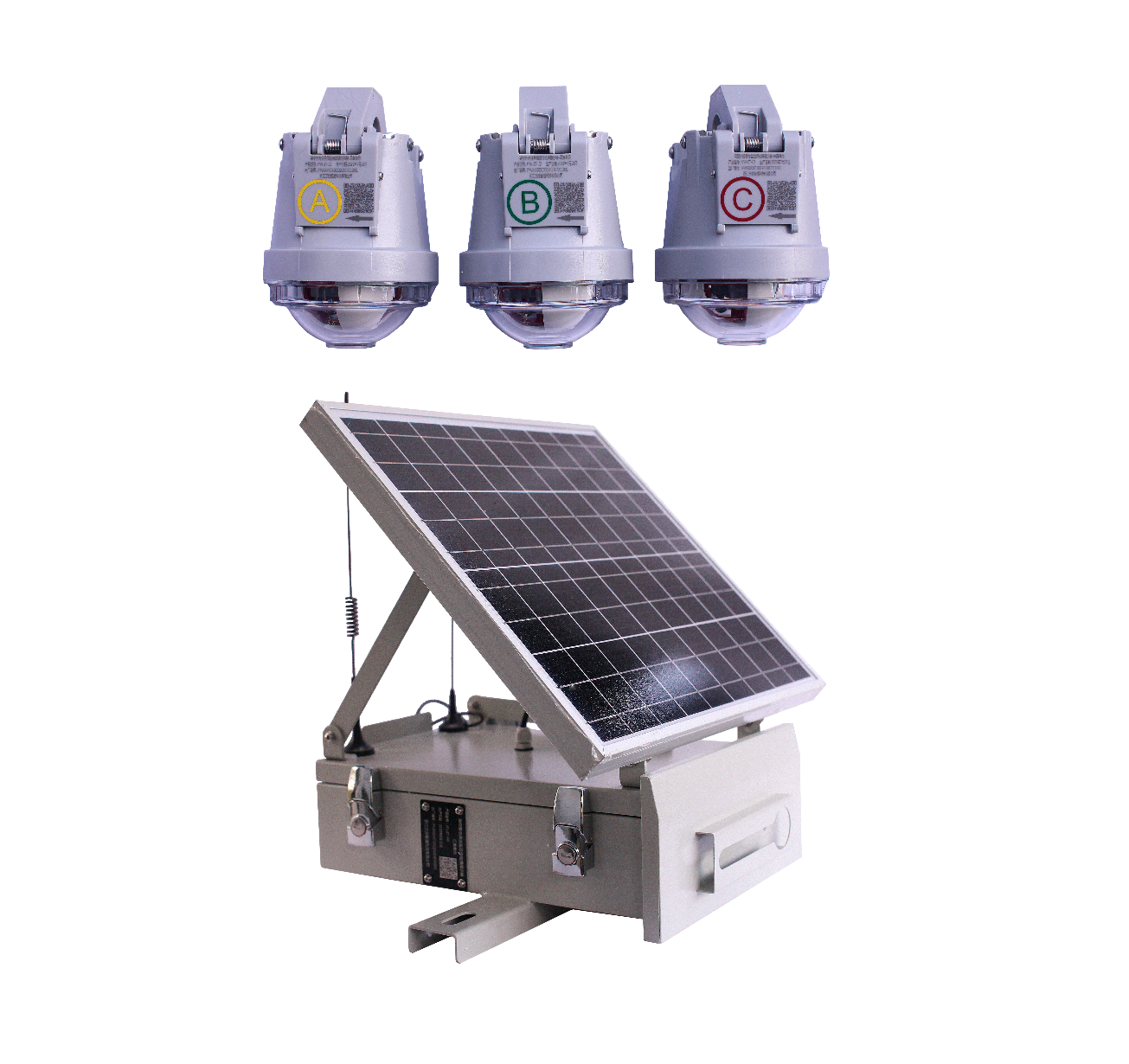

1) Short-Circuit Fault Detection: When a short-circuit fault occurs in the line, the indicator can quickly detect the abnormal current and trigger an alarm.
2) Local Indication: The indicator is usually equipped with local indication devices such as LED lights or mechanical flip signs. When a fault is detected, it indicates the occurrence of the fault through changes in light or the flip sign.
3) Remote Signal Transmission: The indicator can remotely transmit fault information to the monitoring center or maintenance personnel's mobile devices via wireless communication (such as GPRS, LoRa, NB-IoT, etc.), facilitating timely handling.
4) Fault Section Localization: Through the coordinated operation of multiple indicators, the section where the fault occurs can be precisely located, narrowing down the fault investigation range and improving fault handling efficiency.
5) Fault Data Recording: The indicator can record information such as the time, type, and current magnitude of the fault occurrence, facilitating subsequent analysis and fault diagnosis.
6) Historical Data Query: Maintenance personnel can query historical fault data via remote communication to analyze the line's operating conditions and fault trends.
7) Status Monitoring: The indicator can monitor the line's current, voltage, and other parameters in real-time and transmit this data to the monitoring center, enabling maintenance personnel to keep track of the line's operating status.
8) Remote Configuration: Maintenance personnel can remotely configure the indicator's parameters via remote communication, such as adjusting the sensitivity of fault detection and setting alarm thresholds.
9) Remote Reset: After the fault has been handled, the indicator can be reset via a remote command to return it to its normal working state.